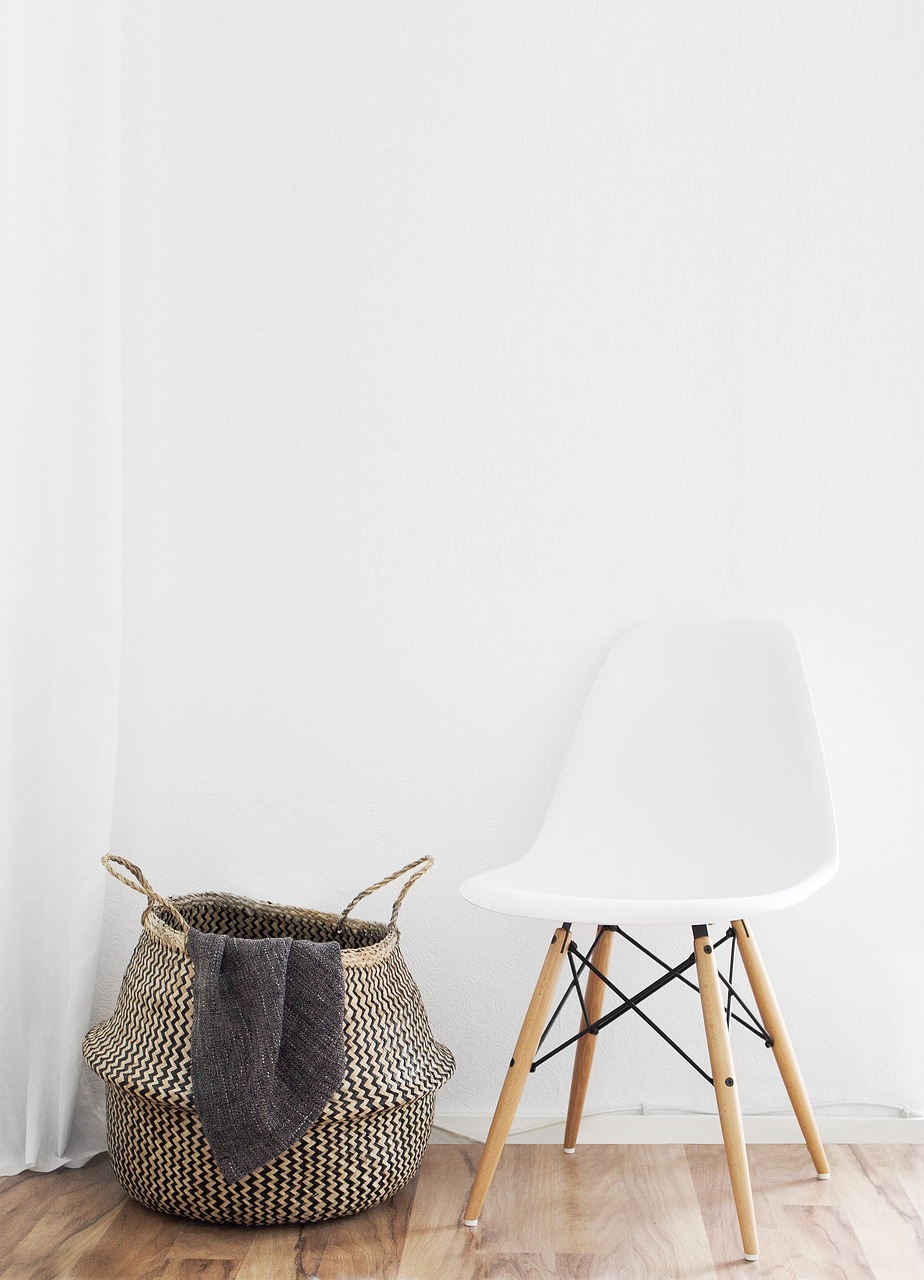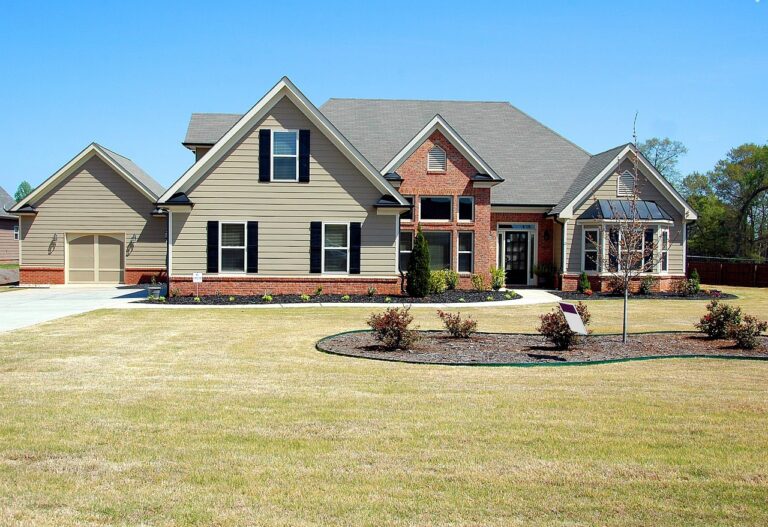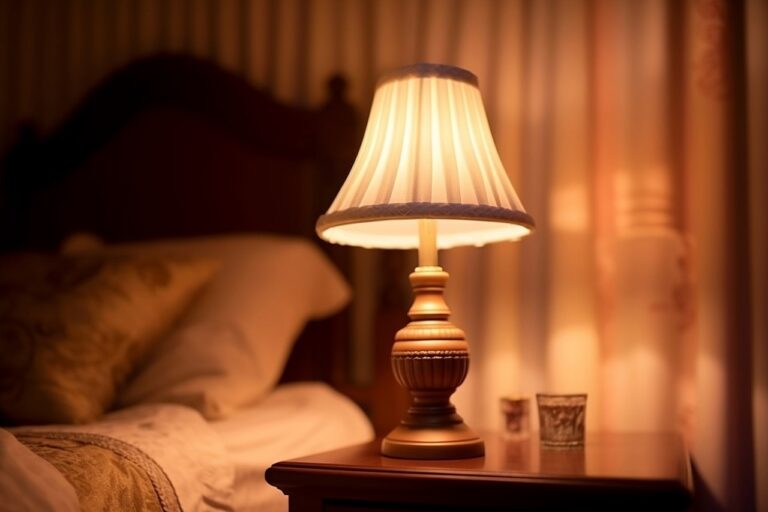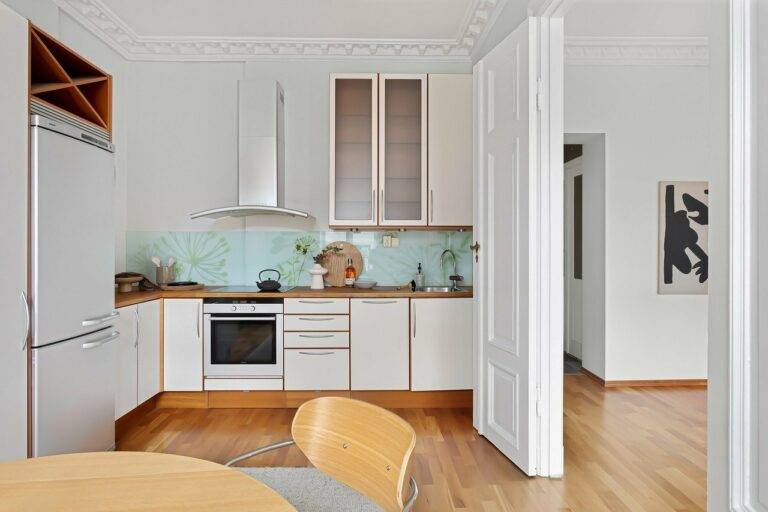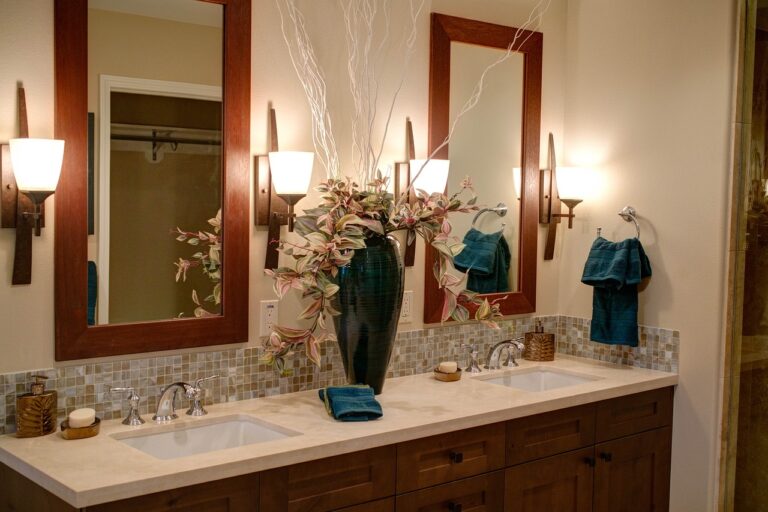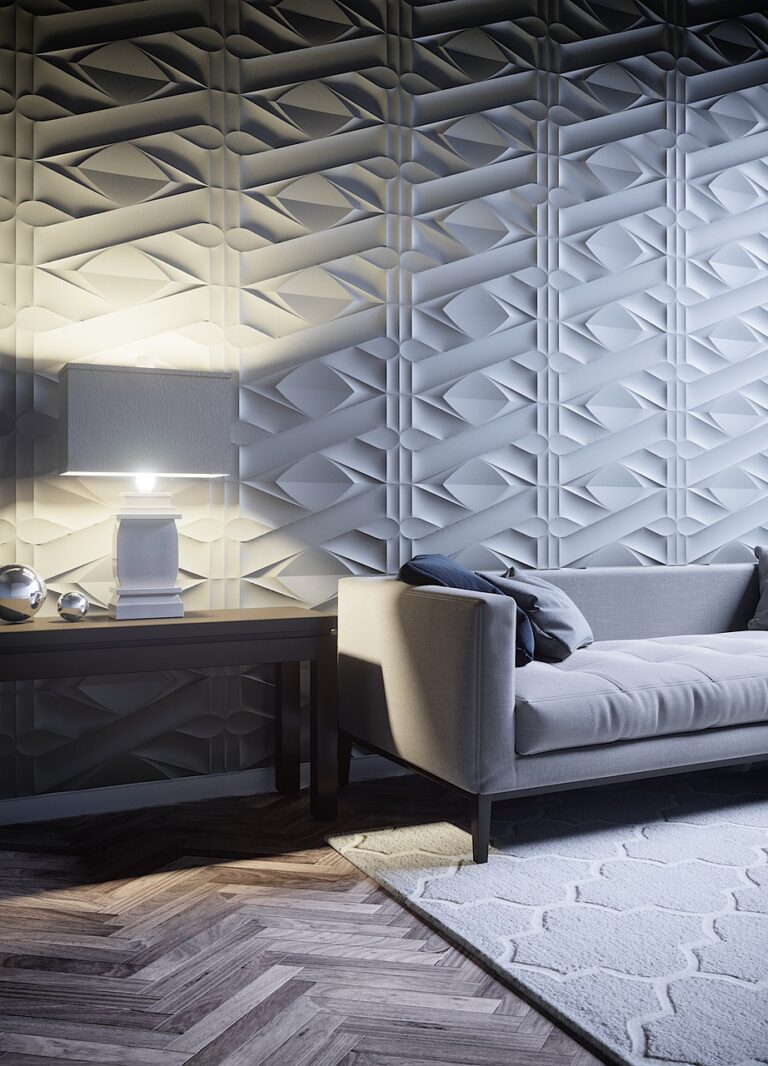Home Improvement for Aging-in-Place Solutions
When seniors choose to age in their own homes, they often face various challenges that can impact their daily living. One common issue is the presence of obstacles in the home that may lead to tripping and falling. Cluttered spaces, loose rugs, and poor lighting can all contribute to accidents that can be particularly dangerous for older individuals.
Another challenge seniors encounter is difficulty with mobility within their homes. Stairs can become a significant barrier, especially for those with limited mobility or joint pain. Maneuvering through narrow hallways or doorways may also pose challenges for seniors using mobility aids like walkers or wheelchairs. These obstacles can not only impede their independence but also increase the risk of accidents in the home.
Tripping and falling hazards in the home such as cluttered spaces, loose rugs, and poor lighting
Difficulty with mobility due to barriers like stairs, narrow hallways, and doorways
Increased risk of accidents for seniors using mobility aids like walkers or wheelchairs
Safety Modifications for Aging-in-Place
As seniors choose to age in place, there are numerous safety modifications that can be implemented in the home to ensure their well-being. One common challenge faced by seniors is the risk of falls, particularly in high-traffic areas like hallways and staircases. Installing grab bars and handrails in these areas can provide much-needed support and stability, reducing the likelihood of accidents.
Another important modification to consider is improving lighting throughout the house. Dimly lit areas can increase the risk of falls and make it harder for seniors to navigate their surroundings. By adding brighter lighting fixtures and motion-sensor lights, seniors can feel more secure and confident in their own homes. Additionally, ensuring that electrical cords are out of the way and floors are free of clutter can further reduce tripping hazards and promote a safer living environment.
Adapting Bathrooms for Seniors
When considering making modifications to bathrooms for seniors, safety and accessibility are key factors. Installing grab bars near the toilet and in the shower can provide essential support for seniors with mobility issues. These grab bars should be securely anchored to the wall and able to withstand the seniors weight to prevent accidents.
Additionally, replacing a standard bathtub with a walk-in shower can make bathing much easier for seniors. A walk-in shower eliminates the need to step over a high tub wall, reducing the risk of falls. Adding a handheld showerhead with a sliding bar allows seniors to adjust the height and angle of the water flow, providing flexibility and comfort during showering.
What are some common challenges faced by seniors in their bathrooms?
Seniors may struggle with slippery surfaces, difficulty getting in and out of the bathtub or shower, limited mobility, and trouble reaching high shelves or cabinets.
What are some safety modifications that can be made to help seniors age-in-place?
Safety modifications can include installing grab bars, non-slip mats, raised toilet seats, walk-in tubs or showers, and adjustable shower heads.
How can bathrooms be adapted specifically for seniors?
Bathrooms can be adapted for seniors by adding features such as grab bars near the toilet and in the shower or bathtub, non-slip flooring, shower seats, and handrails.
Are there any specific products or tools that can help make bathrooms safer for seniors?
Yes, there are various products available such as handheld shower heads, toilet safety frames, bath benches, and motion-sensor lights that can help make bathrooms safer for seniors.
What should seniors consider when adapting their bathrooms for aging-in-place?
Seniors should consider their specific needs and abilities, as well as consult with professionals to ensure that the modifications made are safe and effective for their individual situation.

